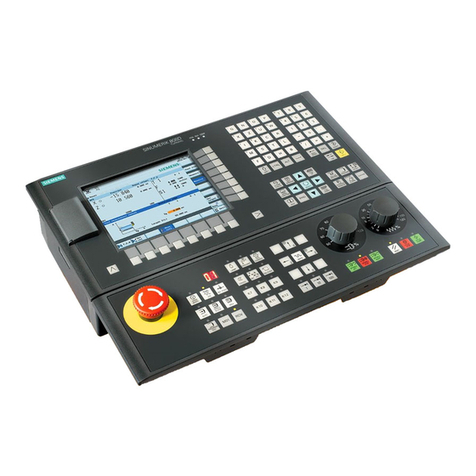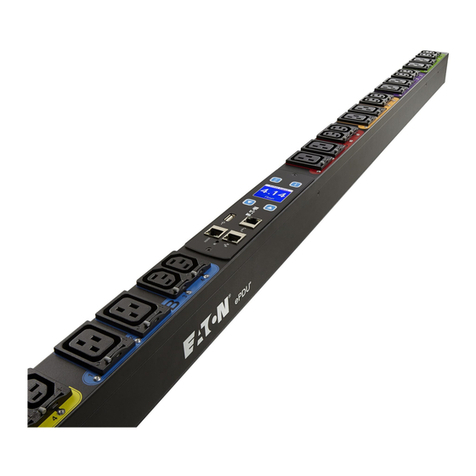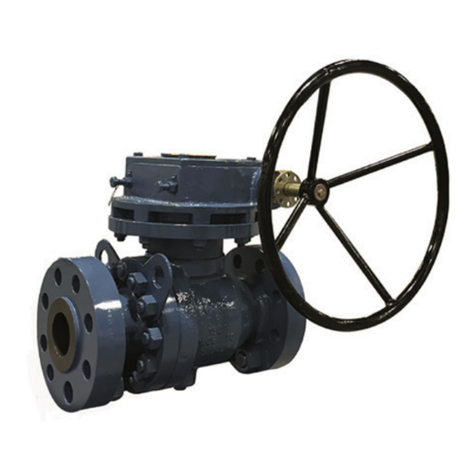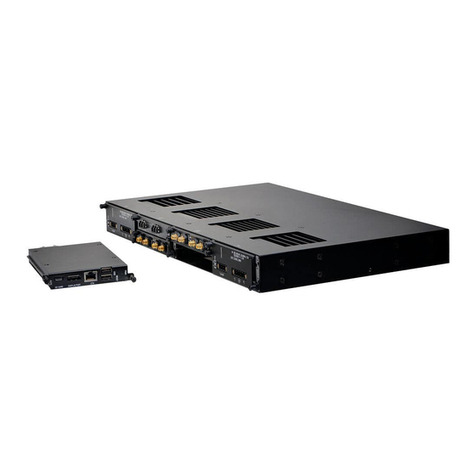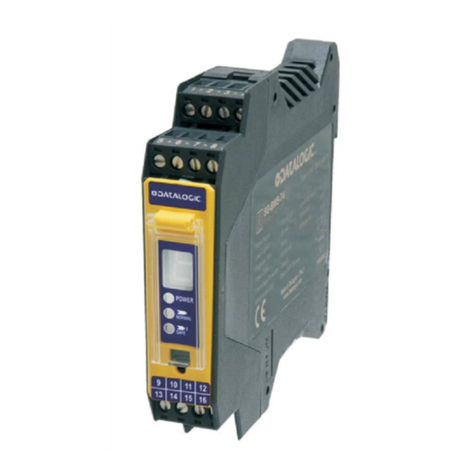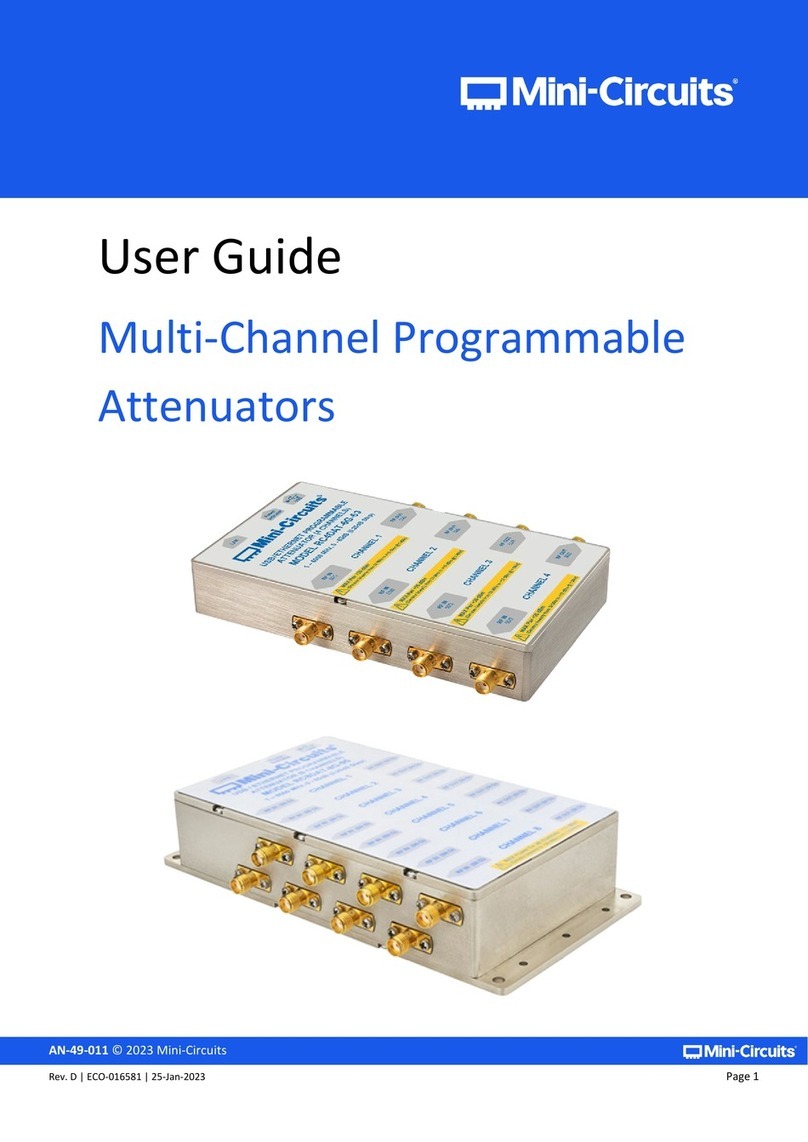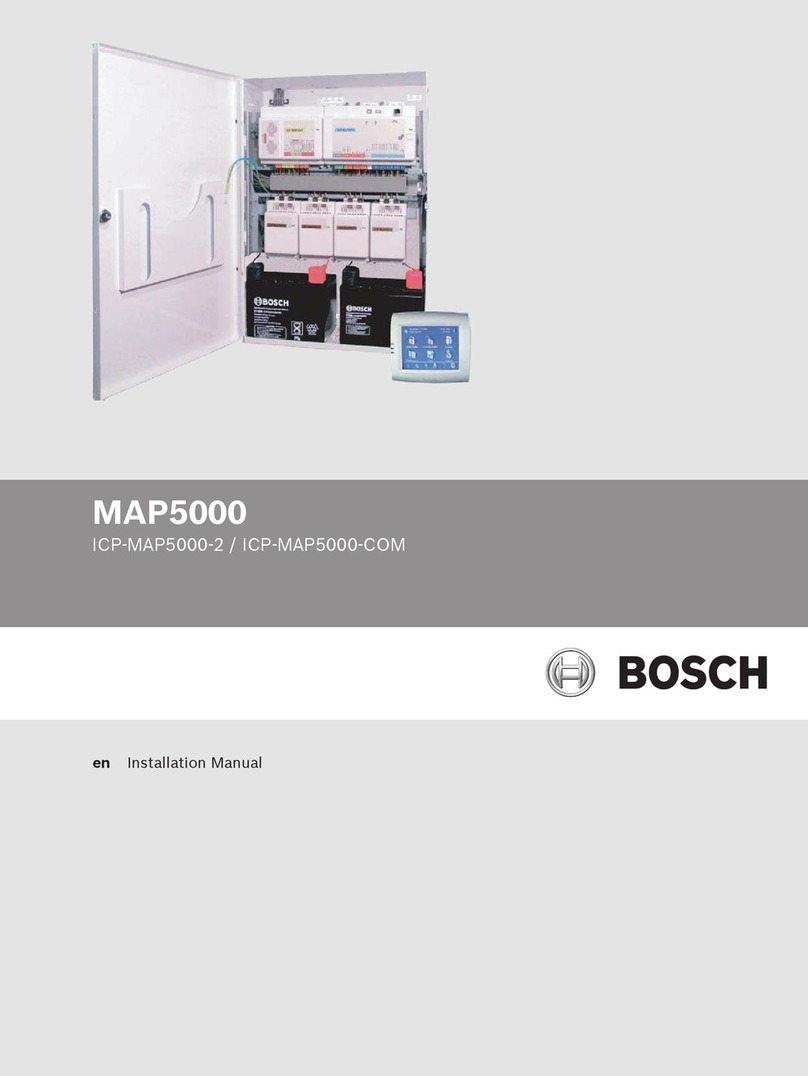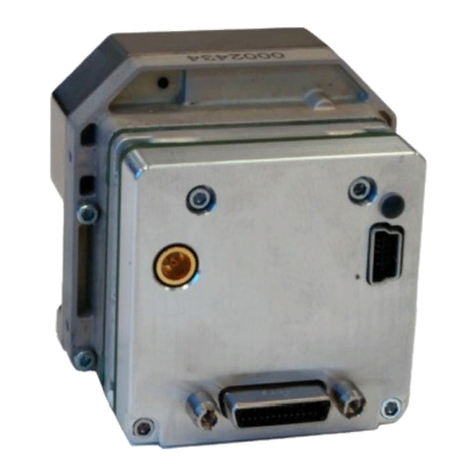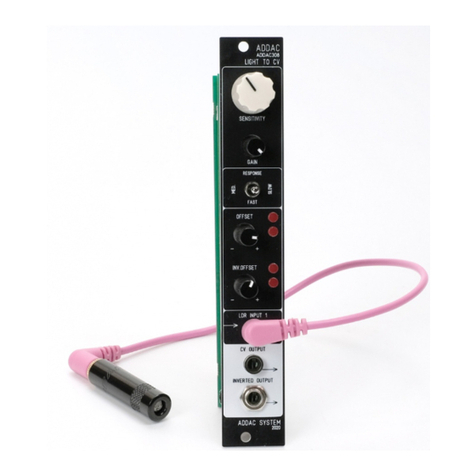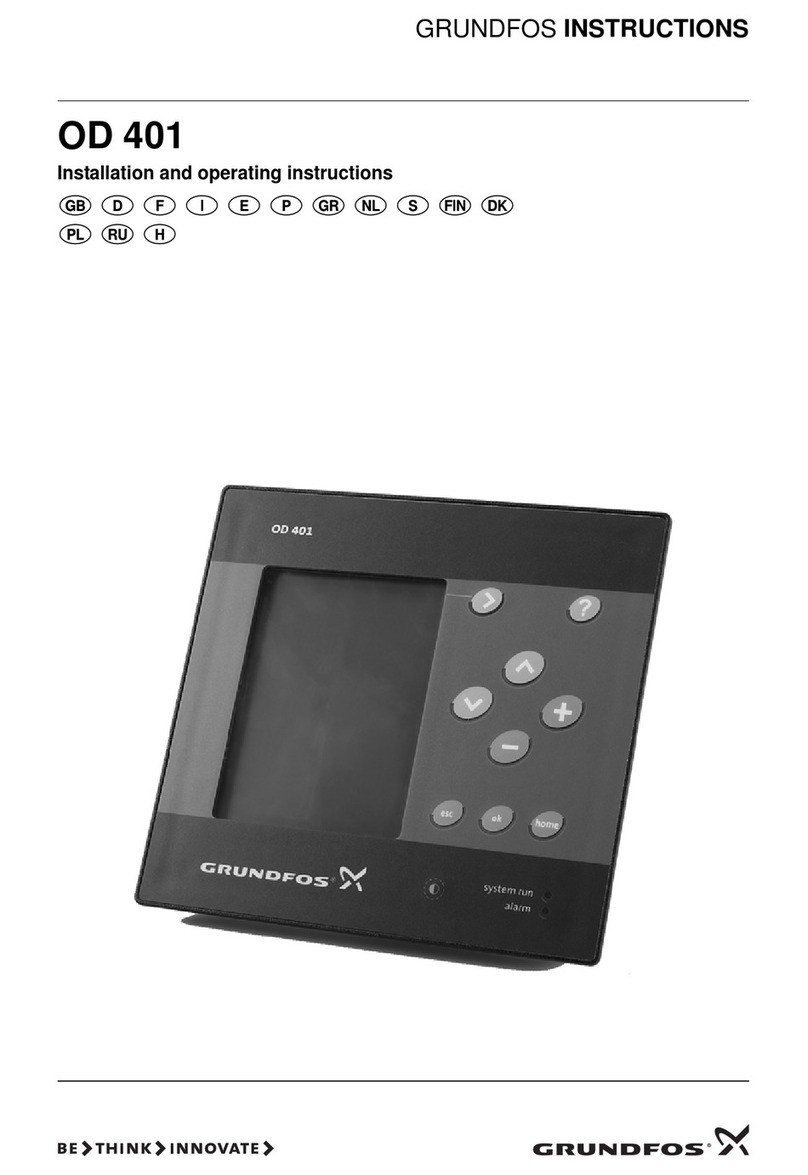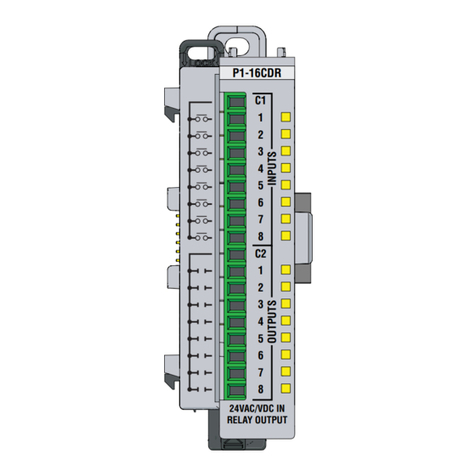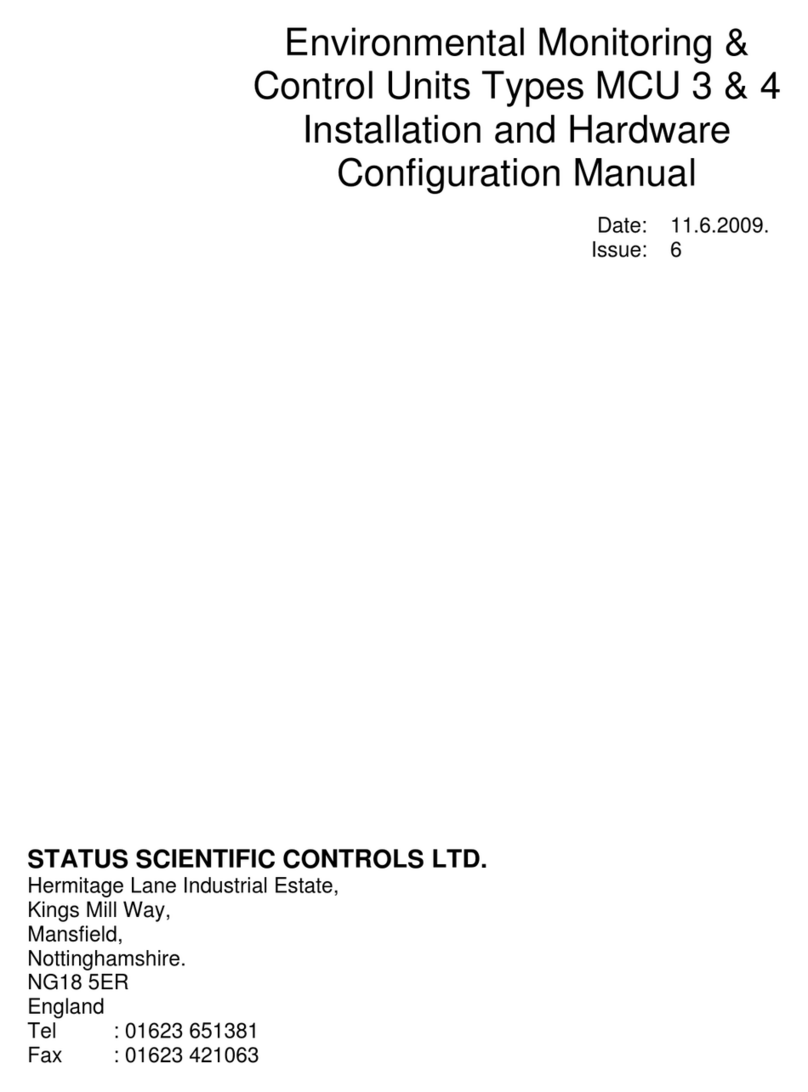1Introduction................................................................................................................................ 1-1
1.1 MICROCONTROLLER MODULE.................................................................................................1-3
1.1.1 LCD contrast adjustment................................................................................................1-4
1.2 I/O CIRCUITRY ......................................................................................................................1-5
1.3 FIELD CONNECTIONS.............................................................................................................1-6
1.4 POWER SUPPLY MODULE ......................................................................................................1-7
2MCU Installation......................................................................................................................... 2-8
2.1 SITING THE MCU...................................................................................................................2-8
2.2 SYSTEM WIRING....................................................................................................................2-9
2.3 POWER SUPPLY INPUT...........................................................................................................2-9
2.3.1 A.C. Mains Connection...................................................................................................2-9
2.3.2 DC Voltage Connection..................................................................................................2-9
CABLE ROUTING...............................................................................................................................2-10
2.4 CABLE SCREENING..............................................................................................................2-10
3Gas Detector Head Installation............................................................................................... 3-11
3.1 SITING THE DETECTORS ......................................................................................................3-11
3.2 INSTALLATION IN A NON-HAZARDOUS AREA ..........................................................................3-11
3.3 INSTALLATION IN A HAZARDOUS AREAS.................................................................................3-12
3.3.1 Hazardous area installations using Safety Barriers......................................................3-13
4Input Module Configuration...................................................................................................... 4-1
4.1 INPUT CONFIGURATION..........................................................................................................4-2
4.2 STATUS SCIENTIFIC CONTROLS GAS DETECTORS...................................................................4-2
4.2.1 FGD2, FGD3, FGD4 and FGD10b O2and Toxic Detector Heads .................................4-2
4.2.2 FGD3 Infrared Gas Detector Head.................................................................................4-4
4.2.3 FGD3 Pellistor Gas Detector Head.................................................................................4-5
4.2.4 FGD4, FGD9, FGD10a, FGD10b Gas Detector Heads..................................................4-6
4.2.5 Pellistor Only Gas detectors...........................................................................................4-8
4.2.6 FGD56-IR........................................................................................................................4-9
4.2.7 External powered 4-20 mA Source...............................................................................4-10
4.3 ANALOGUE OUTPUT CONFIGURATION...................................................................................4-11
4.3.1 4-20mA Current Source................................................................................................4-11
4.3.2 4-20mA Current Sink ....................................................................................................4-12
4.3.3 1-5V Voltage Output .....................................................................................................4-13
4.4 ROUTINE SERVICING............................................................................................................4-15
4.4.1 Routine Inspection........................................................................................................4-15
5Dimension Details...................................................................................................................... 5-1
5.1 LC8 CONTROL UNIT ..............................................................................................................5-1
6Specifications............................................................................................................................. 6-2
6.1 LC8 CONTROL UNIT ..............................................................................................................6-2




















